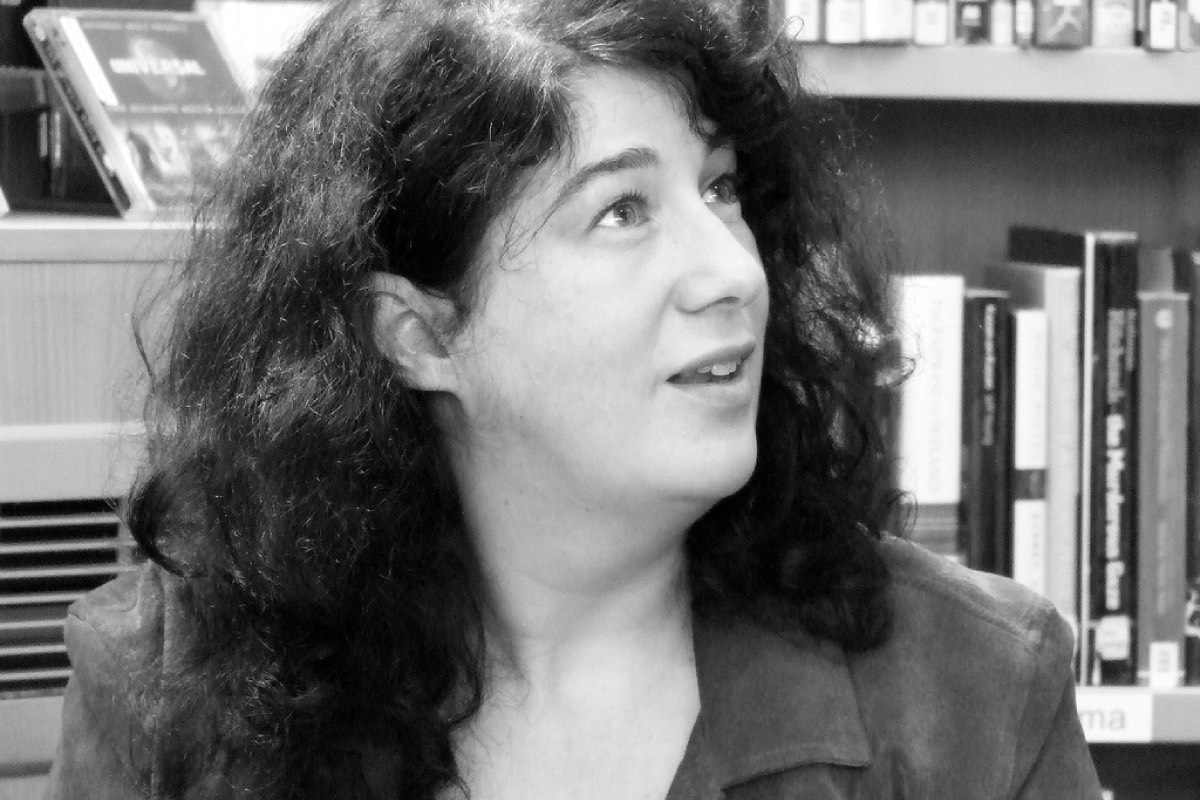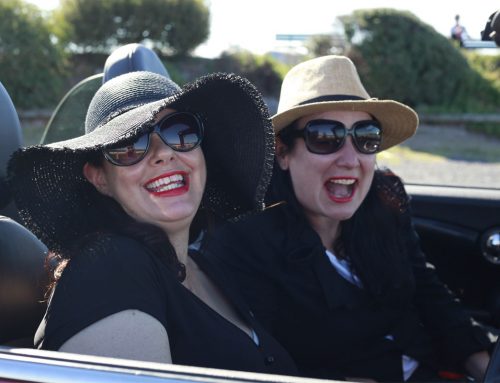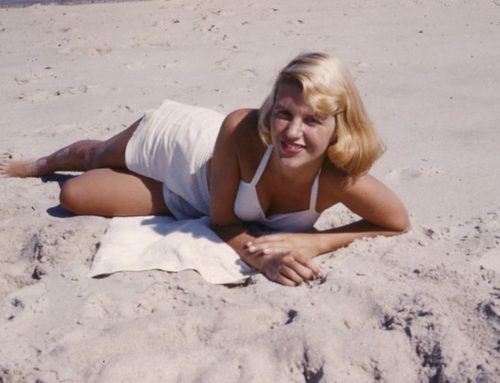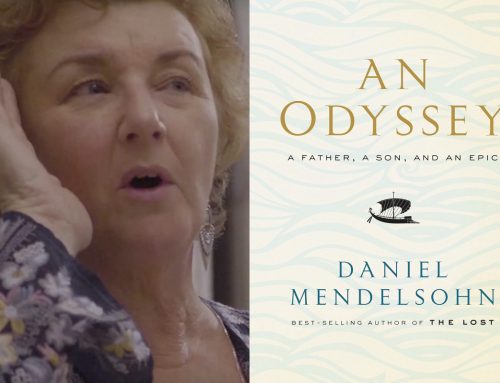Iconic Literary Food Moments
This instalment, we’re barreling forward in time to contemporary literature and the year 1999 to recognise the book that to many proved the definitive and final word on the relationship between food and literature.
Joanne Harris’s Chocolat not only contains a slather of iconic literary food moments, it is the iconic literary food moment.
Many Chocolat readers may remember being visited by a strange compulsion to hop up and pour a deep glass of red wine and return to cuddle up with the novel; or moving as if bewitched to bring a pot of hot chocolate to the boil; and then finally at the earliest ‘inconvenience’, racing to the store to stock up on Florentines and chocolate bars. As the books says: “Why can no-one here think of anything but chocolates?”
Chocolat is so laden with food moments it is difficult to pick just one, so we narrowed it down to three.
My personal favourite: “The battle of good and evil reduced to a fat woman standing in front of a chocolate shop, saying, Will I? Won’t I? in pitiful indecision.”
A more moody food quote: “The air is hot and rich with the scent of chocolate. Quite unlike the white powdery chocolate I knew as a boy, this has a throaty richness like the perfumed beans from the coffee stall on the market, a redolence of amaretto and tiramisù, a smoky, burned flavor that enters my mouth somehow and makes it water. There is a silver jug of the stuff on the counter, from which a vapor rises. I recall that I have not breakfasted this morning.”
And the quote upon which this instalment’s recipe will be based: .. I prepare a batch of mendiants in the kitchen. These are my own favourites – biscuit-sized discs of dark, milk and white chocolate upon which have been scattered lemon-rind, almonds and plump Malaga raisins. Anouk likes the white ones, though I prefer the dark, made with the finest 70 per cent couverture… bitter-smooth on the tongue with the scent of the tropics.”
The French mendiant means mendicant, or beggar, and is named so because the raisins, hazelnuts, figs and almonds with which they were adorned traditionally represented the colours of the monastic robes. They are easy and delightful to make and you can add other toppings such as rose petals, citrus rind and pistachio. Assuming Joanne Harris’s quotes above are already starting to work their magic upon you, you’ll be itching for kitchen.
Ingredients
Method
Line a baking tray with baking paper.
Melt the chocolate until smooth in a bain-marie (a bowl placed over a pot of simmering water). The trick is to heat the chocolate slowly to about 55 degrees.
If you are using different types of chocolates, you will need separate bowls for each.
Working quickly, drop a teaspoonful of chocolate onto baking paper so that it forms a biscuit-sized disc. Do six at a time, allowing them to set a little before lightly pressing the toppings into them.
Allow the chocolate to set for 15-30 minutes before serving.
If chocolate hardens while working, reheat.
If using Grand Marnier, place the raisins in the small saucepan with the Grand Marnier. Warm over a low heat for five minutes, not allowing the alcohol to come to the boil. Turn off the heat and set the mixture aside for an hour, allowing the raisins to soak up the liquid.
Some recipes ask for tempered chocolate, which is a bit more of rigmarole, but worth the effort for those who wish to avoid crumbly chocolate. Tempering involves spreading the chocolate thinly onto a cool surface like marble, letting it harden, the breaking it back into the pot to remelt. There are other methods, and you can Google to find your preference.
Image Credit: Kyte photography: https://creativecommons.org/licenses/by/2.0)], via Wikimedia Commons






